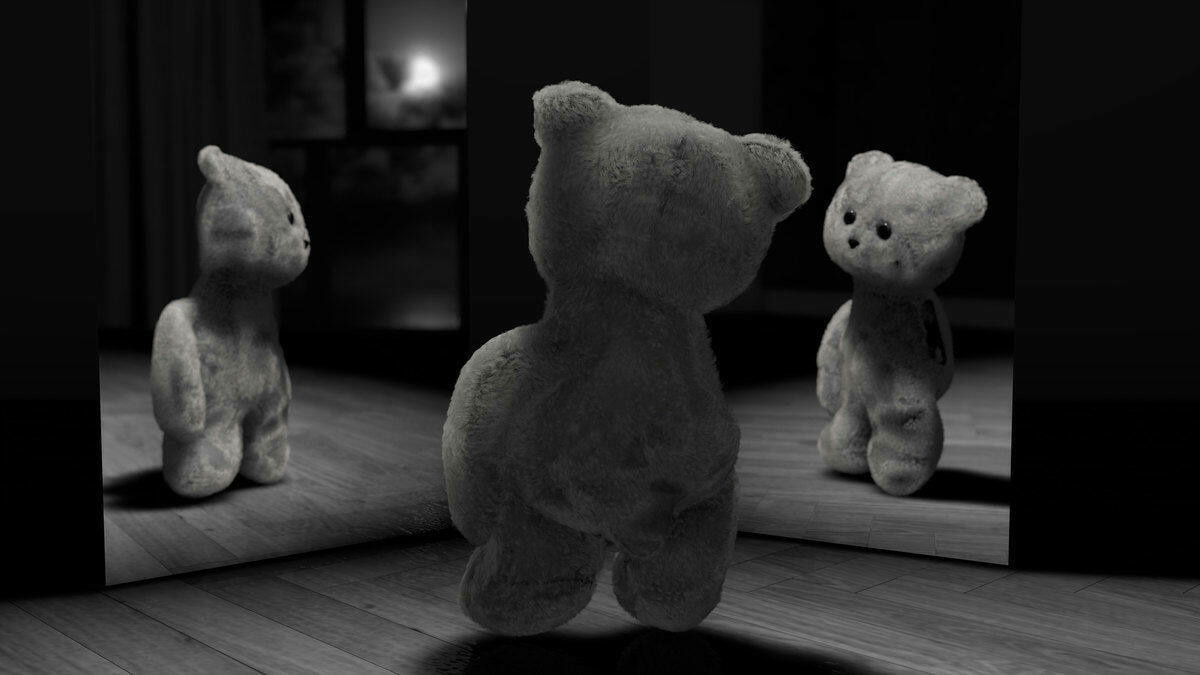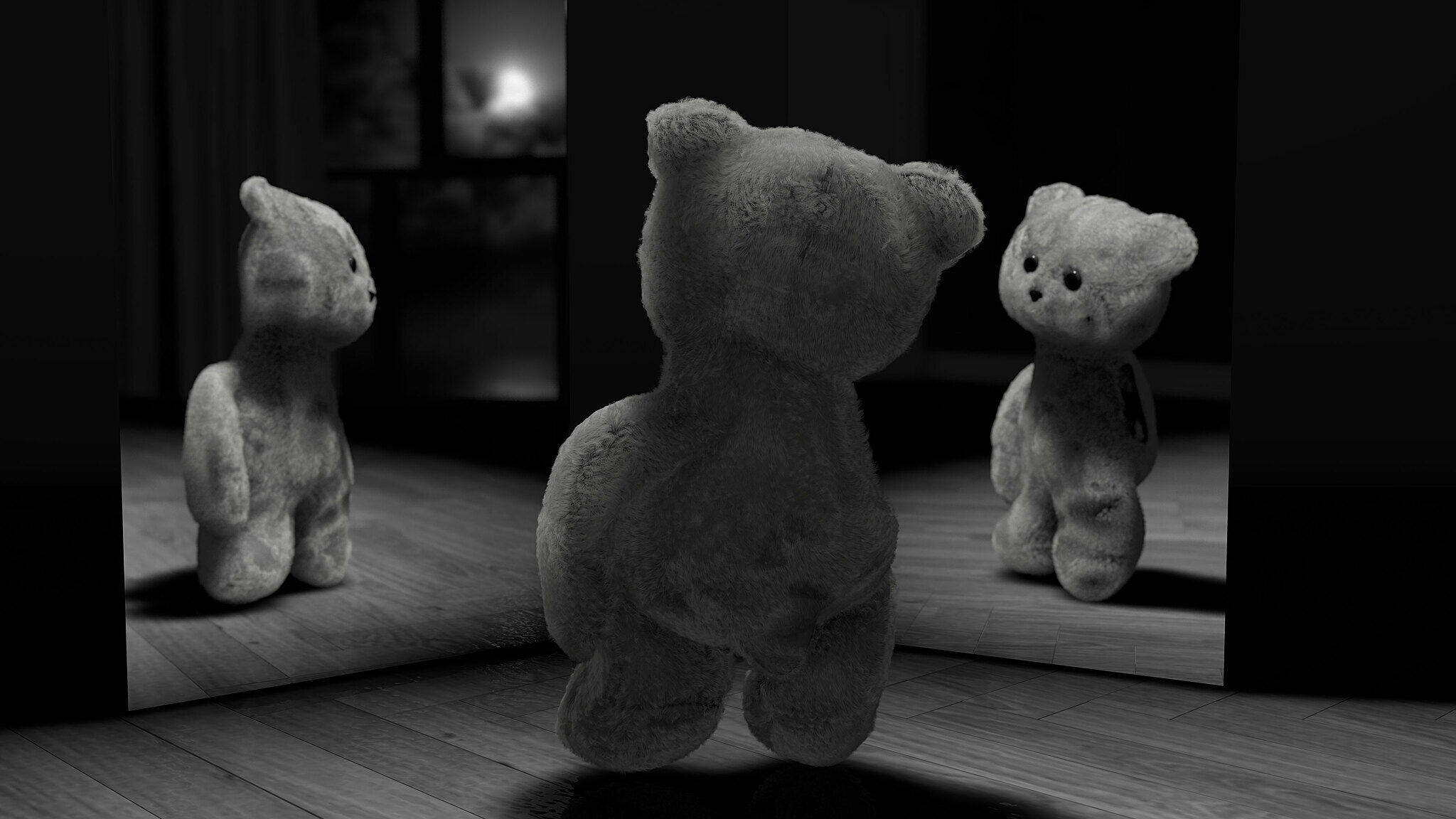Hear from Juan Antonio Olivares
Mar 2, 2018
0:00
Hear from Juan Antonio Olivares
0:00
Juan Antonio Olivares: Hi, I'm Juan Antonio Olivares.
Narrator: The narrative for Olivares’s video Moléculas is told primarily by an animated, stuffed bear synced to the voice of the artist’s father.
Juan Antonio Olivares: The way this interview came into being was somewhat unexpected. I was already working on the model of the bear. Originally I was writing a script for it, but at one point, during the process of this, I saw my father. We started having this conversation. I had wanted to talk to him about these parallels that I was noticing in our lives. That was kind of what our conversation started with, was just asking: “Do you think that things are better now or then?” This is the voice—and the perspective—of a person who's seen so much change in the world. Having that perspective on the inevitability on death, and the inherent or the unavoidable sadness that comes in life—there's a comfort to hearing that. That's part of our humanity, that's part of our experience on this earth.
This whole project was about two years of work. A lot of the process of this video was working with the interview to really open the material and make it something beyond the conversation that I had with my father. I wanted this conversation to be kind of timeless and for it to not be extremely specific even though it was a very personal conversation that I had.
I wanted it to feel like this place of somewhat peaceful recollection. In my research for looking for spaces, I can't remember how I stumbled upon it, but I saw an image of a Le Corbusier apartment unit, one of the earliest experiments. It indicates a time to me, a really specific time period. In recreating it digitally, I thought that it would again give it a slight atemporality because there are certain contemporary markings in the room: there's an iPhone on the desk, there are things that indicate now or recent time, but it's a kind of modernist interior.
I think the reason why I was primarily interested in animation in this way, and delving so deeply into it, was because of that freedom that I felt in the digital space of these programs. You don't have material constraints, you just basically have your imagination and your commitment to realizing that side of your imagination.
I also really like that everything in a digital space or an animation space is intentional, so having this messy desk, this therapist desk, is actually the byproduct of so many decisions. So many obsessive "oh this paper should be turned a little bit to the left more,” or “that's not enough pills on the desk,” or “I wish the condensation on the whiskey glass looked a little bit more wet." There's a point where it does feel like you're composing elements of a painting. I felt that the story was basically asking for a much more imaginative approach to images for me. I thought the story was asking of me to delve deeper into making these images from a somewhat more visceral place. Animation was the way to achieve that for me.


